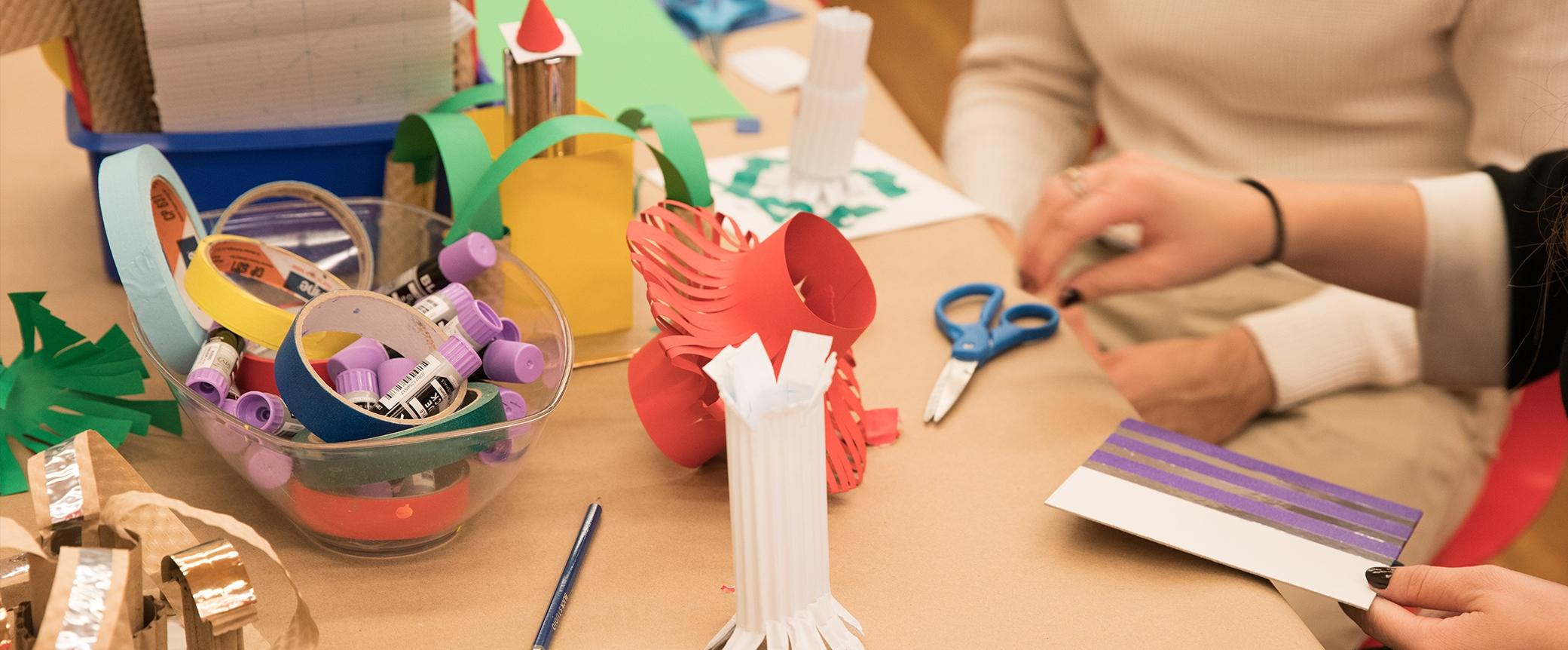
K–12 Digital Resources
Downloadable workshops to teach in the classroom or remotely
We are excited to provide digital resources for teachers to use in the classroom or for remote teaching.
How to use these resources
Each resource is a downloadable DIY workshop contained in a single PDF. Each PDF includes an introduction to the Rubin Museum and the art and ideas of the Himalayan region. You will find a thorough overview of the main topic and how it relates to the art in the Museum, as well as sample artworks to show to your students in a close-looking activity. The main art activity lesson plan includes suggestions for different age groups. Each digital resource also has an appendix with vocabulary definitions, large-format images, and New York State and Common Core Standards.
Marvelous Mandalas
Mandalas are a rich part of the art and cultures of Himalayan regions. This lesson focuses on these compelling geometric forms frequently depicted in Buddhist art. Students will examine and decode images of mandalas and explore their geometric and symbolic elements.
Powerful Protection
Protection from danger is a recurrent theme in Buddhist art from Himalayan regions. This lesson introduces the concept of peaceful and wrathful protection figures, and encourages students to make connections to various types of protection in their own lives.
Creative Constructions: A Mandala-Inspired Workshop
How does math inform art making? Learning from the design philosophies used to make Buddhist mandalas (geometric diagrams of celestial palaces), students will explore the process of transforming 2D materials into 3D architectural sculptures. This DIY workshop is ideal for classes interested in math, geometry, architecture, and design techniques.
By engaging with mandalas—a core part of the Rubin’s art collection—students learn about culture, symbolism, math, and design. Whether working in a classroom or through remote teaching, K–12 educators can embrace the power of imagination with the Rubin’s digital teaching resources.
Support
Mandala Lab and Family and School Programs are made possible with lead support from the Milton and Sally Avery Arts Foundation, Barbara Bowman, Fred Eychaner, Noah P. Dorsky, the Estate of Lisina M. Hoch, The Pierre and Tana Matisse Foundation, Rasika and Girish Reddy, Shelley and Donald Rubin, and Tiger Baron Foundation.
Major support is provided by Bob and Lois Baylis, Sara and Joseph Bedrick, Anne and Albert Chao, Con Edison, Daphne Hoch Cunningham and John Cunningham, Anne E. Delaney, DeWitt Stern, Karen Dorsky, Jack Lampl, Max Meehan, Dan Gimbel of NEPC, LLC, The Prospect Hill Foundation, Sarah and Craig Richardson, Basha Frost Rubin and Scott Grinsell, the Andrew Sabin Family Foundation, Namita and Arun Saraf, Linda Schejola, Eric and Alexandra Schoenberg, Eileen Caulfield Schwab, Tsherin Sherpa, Jesse Smith and Annice Kenan, Taipei Cultural Center in New York, and New York Life Insurance Company*, and New York Life.
Public funds are provided by New York City Department of Cultural Affairs in partnership with the City Council, and the New York State Council on the Arts with support of the Office of the Governor and the New York State Legislature.
This project is supported in part by the National Endowment for the Arts.
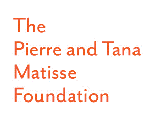
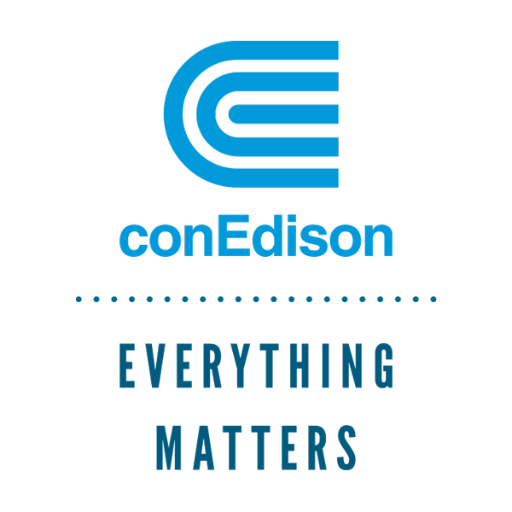
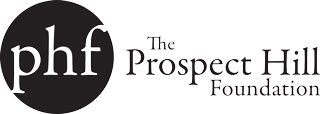

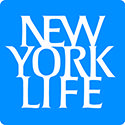



*“NEW YORK LIFE” and the NEW YORK LIFE Box Logo are trademarks of New York Life Insurance Company. Other trademarks are the property of their respective owners.

